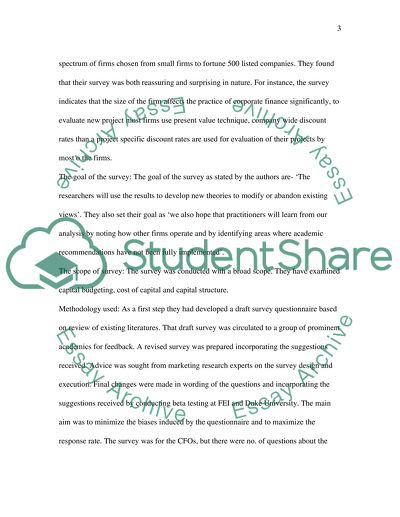Cite this document
(“The Theory and Practice of Corporate Finance Book Report/Review”, n.d.)
The Theory and Practice of Corporate Finance Book Report/Review. Retrieved from https://studentshare.org/miscellaneous/1532569-the-theory-and-practice-of-corporate-finance
The Theory and Practice of Corporate Finance Book Report/Review. Retrieved from https://studentshare.org/miscellaneous/1532569-the-theory-and-practice-of-corporate-finance
(The Theory and Practice of Corporate Finance Book Report/Review)
The Theory and Practice of Corporate Finance Book Report/Review. https://studentshare.org/miscellaneous/1532569-the-theory-and-practice-of-corporate-finance.
The Theory and Practice of Corporate Finance Book Report/Review. https://studentshare.org/miscellaneous/1532569-the-theory-and-practice-of-corporate-finance.
“The Theory and Practice of Corporate Finance Book Report/Review”, n.d. https://studentshare.org/miscellaneous/1532569-the-theory-and-practice-of-corporate-finance.


